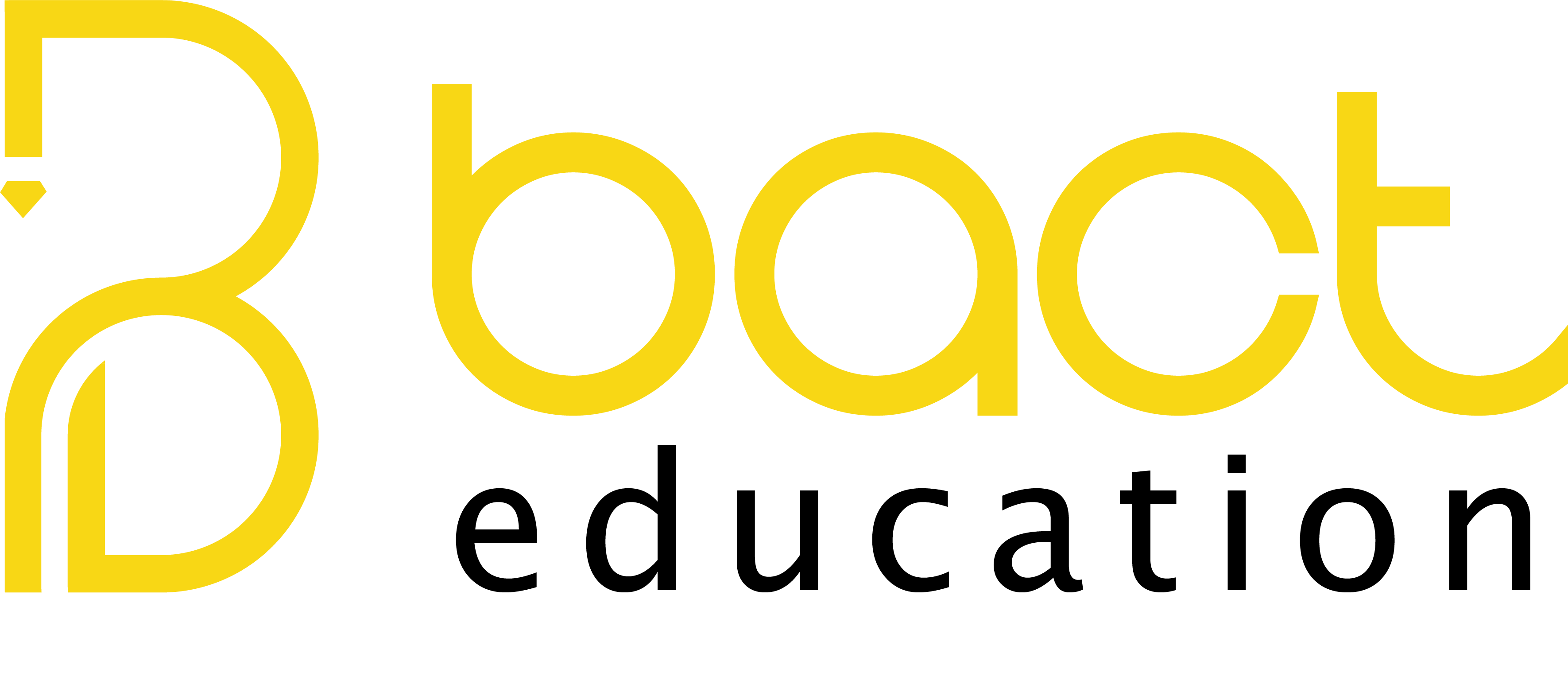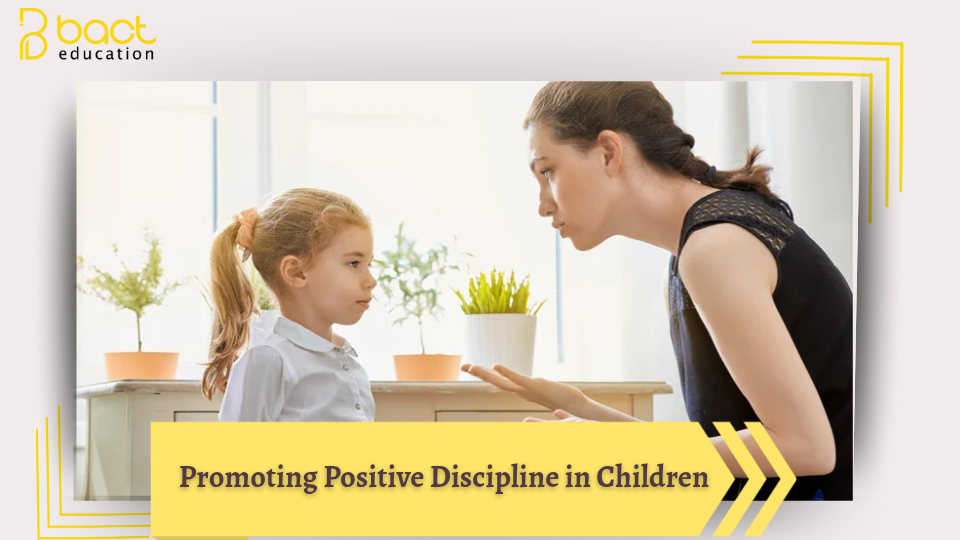Promoting Positive Discipline in Children
Introduction:
Raising children is an exciting and challenging journey, simultaneously exhilarating and exhausting. The challenge is truly enormous: guiding a newborn into adulthood and teaching them everything they need for a happy and successful life. There are moments in every parent’s life when the challenge seems overwhelming. Sometimes we don’t know what to do, sometimes everything we do seems wrong, and sometimes life’s pressures pile up and weigh us down. Most of us learn the meaning of parenting through practice. Because we don’t know much about child development, we often rely on our instincts or our childhood experiences. But often, our instincts are just unconsidered emotional reactions, while in other cases, our childhood experiences were negative or even violent. As a result, many parents believe discipline is limited to scolding and spanking, while others feel bad about losing control of their temper. Still others feel powerless
But there is an alternative. “Discipline” actually means “education.” Education is based on setting learning goals, finding effective methods, and developing practical solutions to achieve them.
- Positive discipline is a peaceful approach that respects the child as an individual learner. It’s a teaching style that helps children succeed, provides them with information, and supports their growth.
Positive discipline is characterized by being:
- Non-violent
- Solution-oriented
- Respectful
- And based on child development principles.
What does positive discipline not include?
- Positive discipline does not mean permissive parenting.
- It does not mean allowing your child to do whatever they want.
- Positive discipline does not mean the absence of rules, boundaries, or expectations.
- Positive discipline does not mean short-term reactions or punishments other than spanking and flogging.
What is positive discipline?
- Positive discipline offers long-term solutions that develop a child’s self-discipline.
- Positive discipline clearly communicates the expectations, rules, and boundaries you have set.
- Positive discipline builds a mutually respectful relationship between you and your child.
- Positive discipline teaches your child lifelong skills.
- Positive discipline develops your child’s skills and self-confidence to enable them to handle complex situations.
The Golden Rule:
Treat others as you would like to be treated.
The Diamond Rule:
Treat others the way they would like to be treated.
General rule:
Give children space and allow them permissible outlets for venting their excessive energy.
The Educational Principle:
“I listen and I forget, I see and I remember, I participate and I learn.”
Example: Use of inappropriate language (swearing(
- We give the child a serious warning and reiterate the rules we have established.
- We ignore the child who used the swear word.
- We remove (younger) children from the area and ask them to ignore the situation.
- We focus on another topic/activity with other children (which attracts attention(
- We encourage/support the same offending child when he or she does not use the swear word.
- We do not intervene with more severe action unless the behavior is extremely impactful.
Example: A shy, silent, and uninvolved child
- Involve them in exercises that require speaking and conversation.
- Provide immediate positive reinforcement for any contribution or initiative.
- Involve the child in decisions and discussions by asking direct questions.
- Try assigning them easy tasks..
Rules for working with children
Green Lines (Points to Work According to)
- Equality and caring for children in general.
- Using child-friendly language (physical, verbal, etc.).
- Protecting children from all dangers (physical, psychological, etc.) and providing comprehensive care.
- Cooperation and teamwork.
- Providing a suitable and stimulating environment for children to develop their independence.
- Sharing experiences between children and their surroundings (child-to-child approach(.
- Providing space for self-care, taking responsibility, and self-reliance.
- Listening to children.
- Respecting and valuing individual differences.
- Respecting children’s privacy.
Red lines (prohibited points)
- Spanking.
- Discrimination between children (gender, ethnicity, family, etc).
- Neglect and disregard (children, disregard for materials, location).
- Treating children with condescension (mockery, praise that resembles disparagement, etc).
- Lack of commitment (to time, schedule, instructions, etc).
-Rushing into analysis and diagnosis, preaching, advice, and lengthy lectures.
Behavior Modification Techniques
- Setting a clear goal for the task
- Establishing and adhering to rules of engagement with children
- Analyzing and breaking down the goal and task
- Determining appropriate negative and positive reinforcement
- Contracting and negotiating
- Prompting and directing
- Recognizing children’s needs and desires
- Providing opportunities for reconsideration and reflection
- Reminding children of what is expected
- Removing privileges (when choosing negative consequences(
- Consistency:Say what you really mean and stick to it
- Explaining reasons when changing your position/decision
- Establishing clear and logical controls and rules (in advance(
- Ignoring unwanted behavior (sometimes) but intervening when necessary
- Consistency in applying the same approach each time and with the child in question
Behavior Modification Practices
- Communicate effectively by setting rules and expectations
- Explain the reasons behind rules and regulations
- Avoid criticism
- Avoid yelling
- Treat children with respect
- Respect routine and order
- Emphasize safety and security
- Caregivers are role models
- Interact positively with children and express feelings appropriately
- Take responsibility for actions and behaviors
- Look for similarities between you and your children (for reinforcement)
- Remember, children are watching you all the time!
No parent is perfect; we all make mistakes, but we must learn from them to be better next time.
Enjoy a positive parenting journey.

